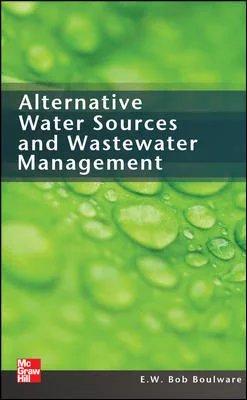Green Kitchens & Baths
Survey Reveals Water Conservation Trends
A majority of readers of Plumbing & Mechanical and Environmental Design+Construction believe water conservation will be more important to their customers in the next two years, according to a survey each magazine conducted last year.
In addition to a look at the future, half of the respondents of either magazine said their home states had already experienced drought conditions in the past 24 months severe enough to warrant water restrictions, as well as offer rebates and other financial incentives to install various water-saving plumbing products in homes and businesses.
Readers of both magazines certainly have their work cut out since many said their clients need to learn more about water-conserving products. PM readers said 51 percent of commercial/institutional building owners/managers were “not very knowledgeable” about water-saving products; 70 percent of ED+C readers put these same people in a low category.
There's also room for improvement for qualifying projects for Leadership in Energy & Environmental Design, or LEED, points. Thirty-four percent of ED+C readers indicated a “seldom but growing” amount of times either they or their commercial/institutional clients included water-conserving products to qualify for LEED points vs. the 19 percent that indicated “never.” Meanwhile, 37 percent of PM readers said “never” to the same question vs. 16 percent that said “seldom but growing.”
ED+C readers clearly believe, however, that the LEED concept will play a bigger role in the future.
Here are some survey highlights of what ED+C readers had to say:

How actively is your firm currently pursuing LEED points?

In the next two years, how actively do you think your firm will pursue LEED points?

What percentage of your current projects feature “green” design specifications?

Two years from now, what percentage of your projects will feature “green” specifications?
Here are some survey highlights of what PM readers had to say regarding water-saving plumbing products:
Toilets
Showerheads And Faucets
Urinals
Sensor-Activated Products
Top Five Reasons For Choosing A Water Closet
- Flushing Performance
Drain Line Carry
Brand Reputation
Noise
Price
- Toilet Stoppages
Drain Line Clogs
Skid Marks
Maintenance/Repair
Price
Looking for a reprint of this article?
From high-res PDFs to custom plaques, order your copy today!





